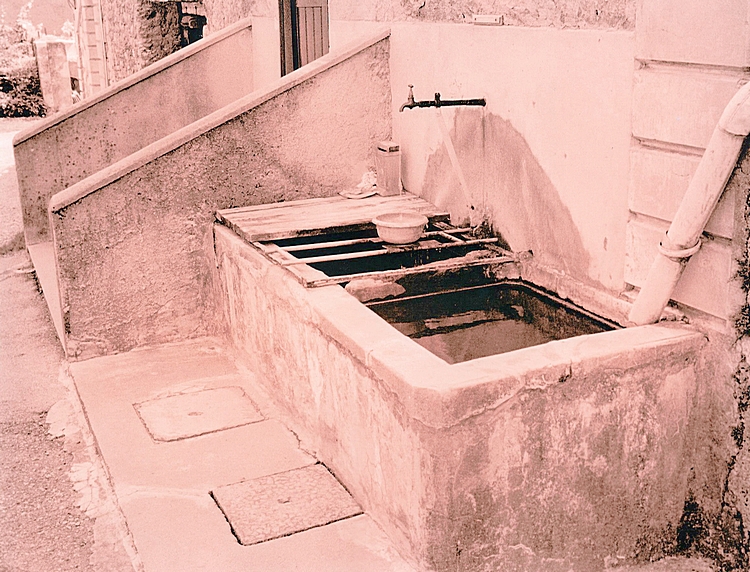Village spring
-
A
- mrtoml
- Location
- Saint-Georges-de-Commiers, France
- Equipment Used
- Konica Hexar AF
- Film & Developer
- Agfa APX100 rated 100 in Prescysol EF
- Paper & Developer
- Fomatone MG classic in Fotospeed LD20
| Photrio.com contains affiliate links to products. We may receive a commission for purchases made through these links. To read our full affiliate disclosure statement please click Here. |
PHOTRIO PARTNERS EQUALLY FUNDING OUR COMMUNITY:  |







